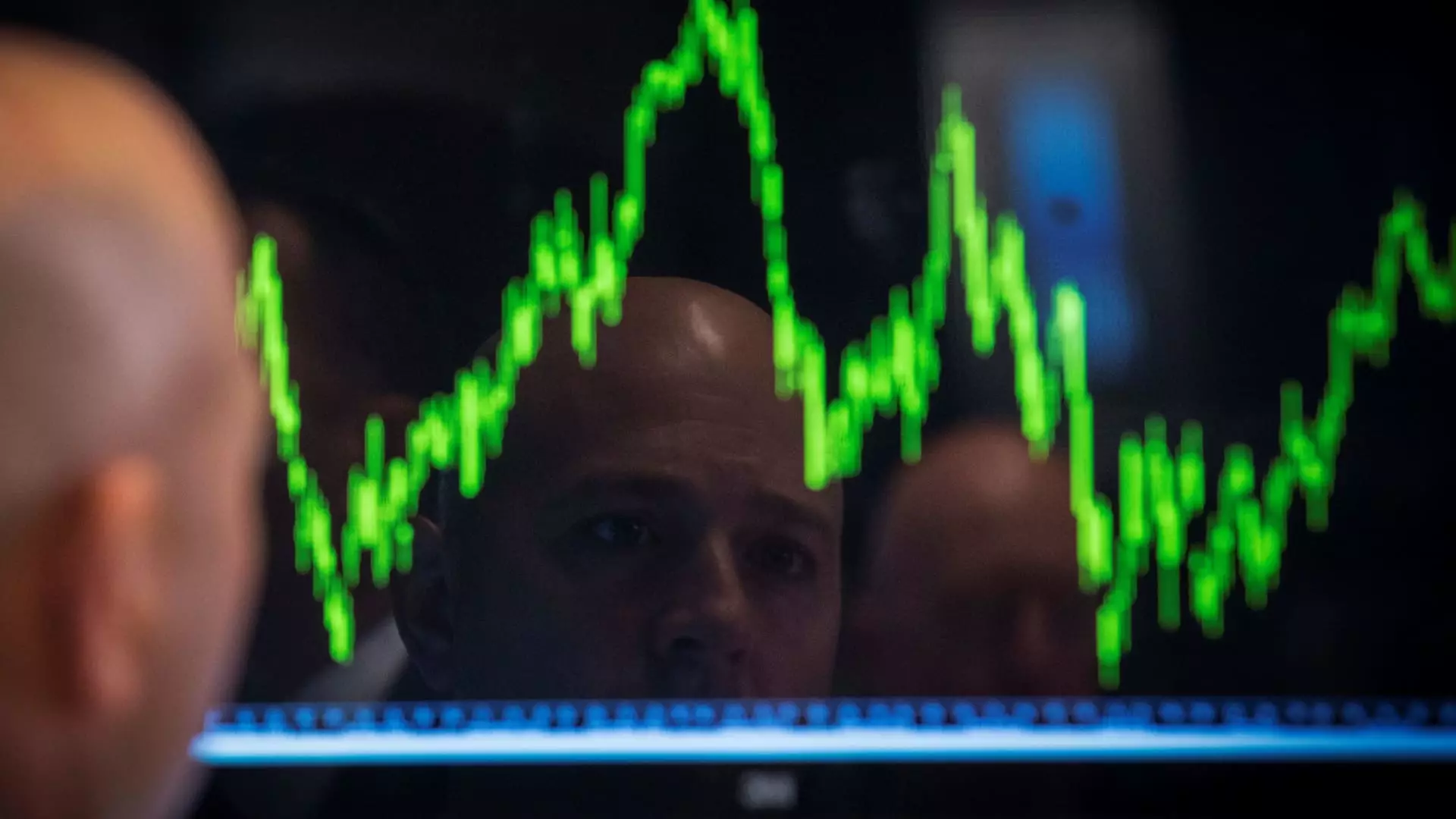The financial world has historically been a gated community, where access to sophisticated investment strategies was largely reserved for the affluent. However, a seismic shift is underway as Wall Street giants, such as JPMorgan Chase and BlackRock, extend their hand into the realm of everyday investors. This transformation signals a pivotal moment in the financial landscape—the democratization of investment strategies that were once confined to the ultra-rich. Even in the face of market corrections and global economic uncertainties, the hunger for alternative investment avenues among Main Street investors is evident. No longer must average people remain on the sidelines; they can now seize opportunities that incorporate private credit and advanced trading strategies typically associated with high-net-worth portfolios.
The paradigm shift is emblematic of the broader movement towards inclusivity in the financial services industry. As demand burgeons for more diverse investment options, firms are scrambling to provide answers. According to Ben Slavin, managing director of BNY Mellon’s ETF business, an unprecedented wave of interest from ETF investors illustrates the market’s shifting dynamics. Investors are searching for ways to leverage alternative funds more effectively, forcing asset managers to innovate.
Private Credit—A Game Changer for Portfolios
Among the most compelling trends is the increased interest in private credit as a mainstream component of bond portfolios. As traditional bond markets grapple with low interest rates and increasing volatility, private credit investments offer higher yields and the potential for enhanced returns. Jay Jacobs from BlackRock highlights the success of interval funds in bridging the gap between traditional investment vehicles and the need for liquidity. Although these funds operate within a restricted liquidity framework, innovations in the ETF sector are changing the game, allowing more investors to tap into this once-exclusive asset class.
The recent approval of the first private credit ETF by the SEC marks a milestone achievement, albeit not without controversy. The challenge of liquidity in private markets remains a significant obstacle. Critics argue that ETFs could dilute the quality of investments, yet the trade-off seems worth it for many who are tired of watching their money stagnate in cash accounts.
Income Strategies and the Quest for Consistency
The volatility of the stock market has altered investor sentiment in recent months, leading many to seek investment vehicles that promise income while mitigating losses. Active ETFs, which are emerging as a popular option, capitalize on strategies involving the selling of call options to generate premium income. This dual approach allows investors to remain engaged with the equity market while benefitting from an additional income stream—a critical necessity in an era where stable returns are scarce.
Travis Spence of JPMorgan paints a rosy picture of funds like the JPMorgan Equity Premium Income ETF (JEPI), boasting a dividend yield that could easily attract a diverse investor base. With a mere expense ratio of 0.35 percent, these ETFs offer an appealing alternative to traditional mutual funds, creating an environment where yield-chasing becomes less risky. The allure lies in their potential for consistent income, drawing investors away from the passive, low-yield landscape that has dominated the past decade.
The Rise of Buffered ETFs
Buffered ETFs, a newer breed of investment vehicles that cap both upside and downside market exposure, are gaining traction among investors seeking relief from the anxiety of abrupt market shifts. By offering a safety net, these products create a cushion against potential losses—a much-needed feature during turbulent economic times. The innovative structure encourages even the most risk-averse investors to step away from cash and dip their toes back into the market.
Despite the promising nature of these strategies, it’s critical to approach them with a healthy dose of skepticism. As Ben Johnson of Morningstar cautions, these strategies have existed on Wall Street for years, but their newly packaged ETF versions come with their own sets of limitations. The SEC’s approval process can dilute high-demand investment features, leaving investors with watered-down options that may not live up to their expectations.
Navigating the ETF Landscape
The critical point here is not simply the availability of these investment options but rather how investors navigate this burgeoning landscape. While more choices can be empowering, they also pose new challenges in terms of understanding how these products fit into existing portfolios. As ETF strategies increasingly mimic traditional investment approaches, it is essential that investors stay informed about the risks and rewards associated with this evolution.
The current environment demonstrates that ETFs are more than just a passing trend. They represent an ongoing discussion about what it means to be a savvy investor in today’s complex financial landscape. This new phase of ETF development fosters a culture of participation where anyone can be part of the investment conversation. The resulting shift not only alters individual portfolios but also reshapes the economic future for average investors—one ETF at a time.

